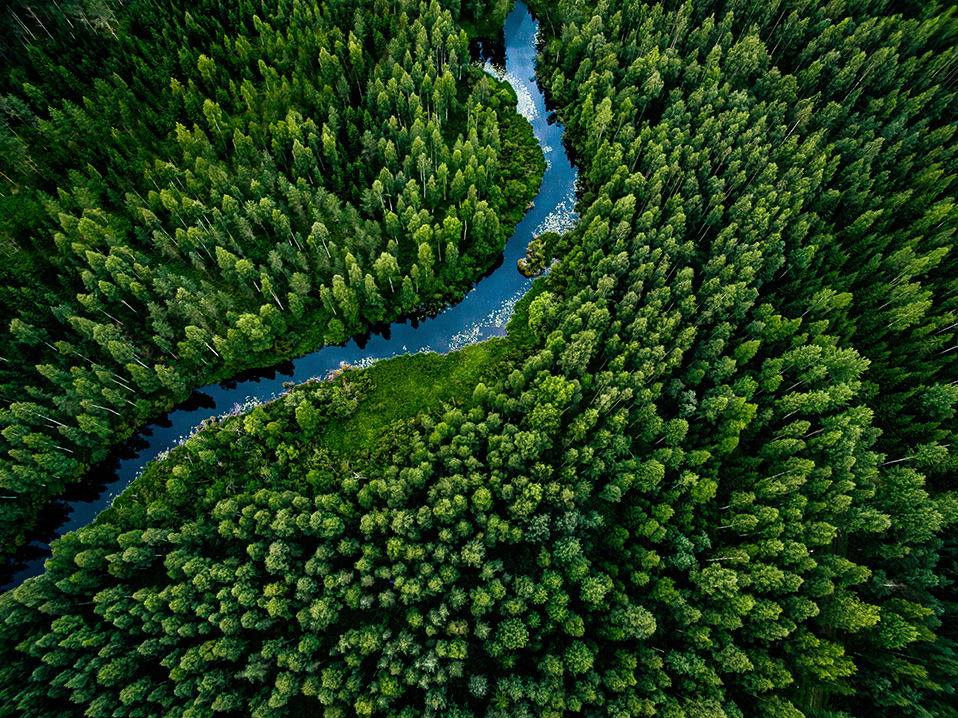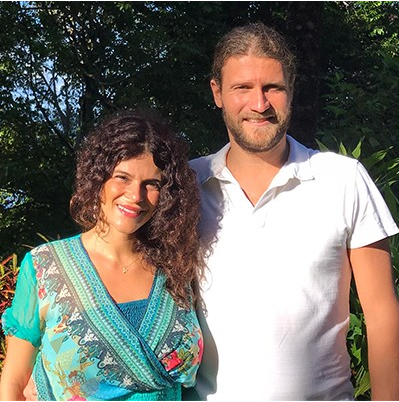Tell us more about your philanthropic commitment, the actions you support and the future of the foundation?
Our project is multi-faceted but the importance of nature sits at its heart. The rainforests in Costa Rica host unmatched biodiversity and are under attack by agricultural industry – particularly palm oil which is a real scourge or mono crops such as banana or pineapple - and by the resulting chemical pollution. One of our most important goals is to preserve these lands but also buy back and reforest land that has been destroyed through cattle farming or other uses. We recently planted over 3000 trees, of which over 150 different species.
In this unique place, home to 500 different types of birds, we are building a fully sustainable eco-village where we can live in harmony with nature, where inhabitants can eat and drink from the land and everything is run on green energy. We have 27 springs, fruit trees and we are growing our own food through permaculture – we plan to open a permaculture school to help spread this method. We want to test a new way of living that can be studied by universities and governments and hopefully replicated.
Within this eco-village we will be opening a retreat where people can come on a short-term basis, turn off their phone, explore their inner-self, appreciate nature and the sky, whilst exploring consciousness through meditation, yoga, and silence.
The village will have a music studio and a gallery so we will be hosting artists in residence. It is also important for us to work with the local population to offer them economic opportunities, especially women.
We have also set up an alternative school, which promotes a philosophy of non-violence and allows students to practice yoga and meditation in addition to the curriculum. We also deliver workshops in other local schools.

